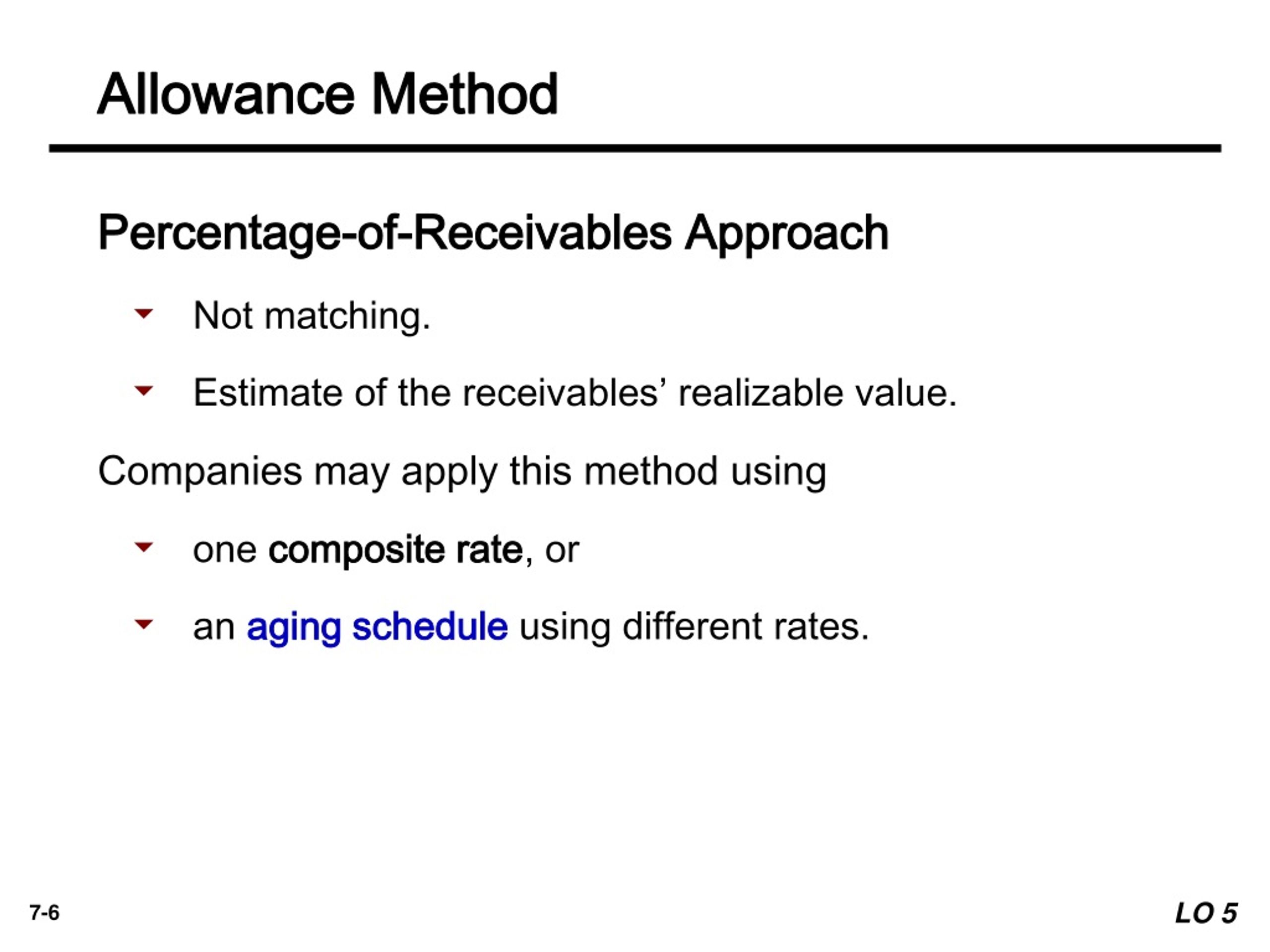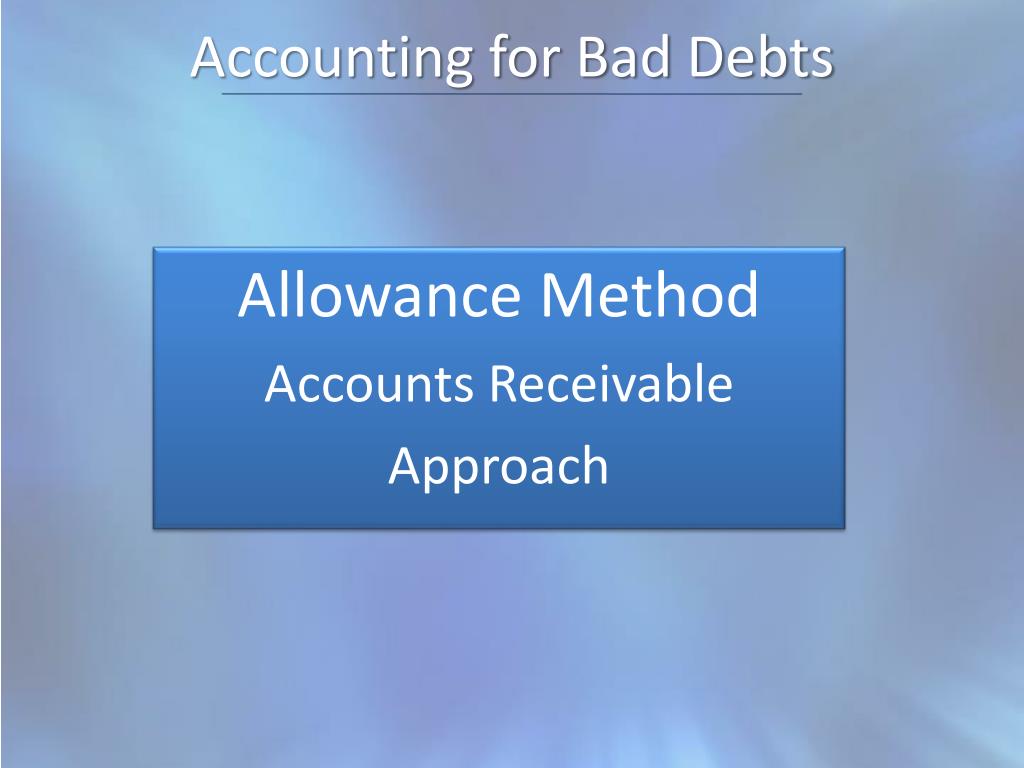-Hallo friends, Accounting Methods, in the article you read this time with the title Allowance For Uncollectible Accounts Normal Balance, we have prepared this article well for you to read and retrieve the information therein.
Hopefully the content of article posts Uncollectible, which we write this you can understand. Alright, happy reading.
Title : Allowance For Uncollectible Accounts Normal Balance
link : Allowance For Uncollectible Accounts Normal Balance
Allowance For Uncollectible Accounts Normal Balance

How To Estimate Uncollectible Accounts Dummies
Allowancefor uncollectibleaccounts : definition allowance for uncollectible accounts is a contra asset account on the balance sheet representing accounts receivable the company does not expect to collect. when customers buy products on credit and then don’t pay their bills, the selling company must write-off the unpaid bill as uncollectible. The account "allowance for uncollectible accounts" is classified as a(n): a. liability account in the balance sheet b. contra revenue to credit sales in the income statement c. expense in the income statement d. contra asset to accounts receivable in the balance sheet. Later, several customers default on payments totaling $40,000. accordingly, the company credits the accounts receivable account by $40,000 to reduce the amount of outstanding accounts receivable, and debits the allowance for doubtful accounts by allowance for uncollectible accounts normal balance $40,000. this entry reduces the balance in the allowance account to $60,000.
Allowance For Bad Debt Definition Investopedia
Estimating allowance for doubtful accounts by aging method.
Uncollectibleaccounts Expense Allowance Method
(1). computation of required balance in the allowance for doubtful accounts account: (2). adjusting entry at the end of the period: according to above calculations, the total estimated uncollectible amount at the end of the year is $2,840 which represents the required balance in allowance for doubtful accounts account at the end of the period. The current debit balance in allowance for uncollectible accounts before adjustment is $742. under the percent-of-sales, the uncollectible accounts expense is $2,435. what is the amount of the journal entry for estimated uncollectible accounts?. Sales on account are $250,000, so the estimate for uncollectible accounts is $5,000 ($250,000 x. 02). the journal entry to record this is to debit bad debt expense, an income statement account, and credit allowance for uncollectible accounts, a balance sheet contra-asset account for $5,000 each.

Is Allowance For Doubtful Accounts A Debit Or Credit Balance

The normal balance of the account "allowance for uncollectible accounts" is a _____ because _____. a debit to allowance for uncollectible accounts and a credit to accounts receivable. when $2,500 of accounts receivable are determined to be uncollectible, which of the following should the company record to write off the accounts using the. With an allowance for uncollectible accounts, the company determines the average number of accounts that enter default and records it on the balance sheet as a “contra asset” to offset the accounts receivable. this allows companies to anticipate write-downs of bad debt by accounting for them as early as possible. 4 account(s) with a normal credit balance include: (select all that apply. ) part 3 of 4 check all that apply 0. 45 points accounts receivable ebook print references allowance for uncollectible accounts bad debt expense cash sales revenue. Let's assume we've identified accounts receivable bad debt of $1000. an entry for $1000 as a credit will also need to be made into the allowance for doubtful accounts. below is what the balance sheet may look like: current assets accounts receivable $3000 less allowance doubtful accounts $1000 net accounts receivable $2000.
On the balance sheet (exhibit 2), a write off adds to the balance of allowance for doubtful accounts. and this, in turn, is subtracted from the balance sheet asset category "accounts receivable. " the result appears as "net accounts receivable. " the write off thus ensures that net accounts receivable is lower than accounts receivable. Allowance for doubtful accounts definition. allowance for doubtful accounts is a contra current asset account associated with accounts receivable. when the credit balance of the allowance for doubtful accounts is subtracted from the debit balance in accounts receivable the result is known as the net realizable value of the accounts receivable.
Allowance For Doubtful Accounts Definition Simpleaccounting

2. the normal balance of the account "allowance for uncollectible accounts" is a because a. debit; it is a contra revenue account to sales revenue b. credit; it is a contra asset account to accounts receivable c. debit; it is an expense in the income statement d. credit; it is a contra expense account to bad debt expense. Above, we assumed allowance for uncollectible accounts normal balance that the allowance for doubtful accounts began with a balance of zero. if instead, the allowance for uncollectible accounts began with a balance of $10,000 in june, we would make the following adjusting entry instead: $50,000 $10,000 = $40,000 (adjusting entry).
Allowance for bad debt: an allowance for bad debt, also known as an allowance for doubtful accounts, is a valuation account used to estimate the portion of a bank's loan portfolio that may. Accordingly, the company credits the accounts receivable account by $40,000 to reduce the amount of outstanding accounts receivable, and debits the allowance for doubtful accounts by $40,000. this entry reduces the balance in the allowance account to $60,000. Allowance for doubtful accounts: an allowance for doubtful accounts is a contra-asset account that reduces the total receivables reported to reflect only the accounts receivable expected to be.
An allowance for doubtful accounts, or bad debt reserve, is a contra asset account (it either has a credit balance or a balance of zero) that decreases your accounts receivable. by creating an allowance for doubtful accounts entry, you are estimating that some customers won’t pay you the money they owe. Allowance for allowance for uncollectible accounts normal balance doubtful accounts has a normal credit balance. it is a separate line item in the balance sheet included in the current asset section which reduces the carrying value of the accounts.
Notice that the estimated uncollectible accounts on december 31, 2015 are $4,800 but allowance for doubtful accounts has been credited with only $1,500. the reason is that there is already a credit balance of $3,300 ($4,500 $1,200) in the allowance for doubtful accounts. Allowance for doubtful accounts primarily means creating an allowance for the estimated part of the accounts that may be uncollectible and may become bad debt and is shown as a contra asset account that reduces the gross receivables on the balance sheet to reflect the net amount that is expected to be paid.
The allowance for doubtful accounts account is listed on the asset side of the balance sheet, but it has a normal credit balance because it is a contra asset account, not a normal asset account. for more ways to add value to your company, download your free a/r checklist to see how simple changes in your a/r process can free up a significant. Allowance for doubtful accounts: normal balance. the allowance for uncollectible accounts shows the company expects its customers to be unable to pay $750 of the $50,000 they owe. based on accounts receivable and the allowance for uncollectible accounts, the company would predict it could collect $49,250 ($50,000 $750) from its credit. Thus, the account allowance for doubtful account must have a credit balance of $10,000. if the present balance is $0, the journal entry will be a debit of $10,000 to bad debts expense and a credit of $10,000 to allowance for doubtful accounts. the balance sheet will now report accounts receivable of $120,500 less the allowance for doubtful.